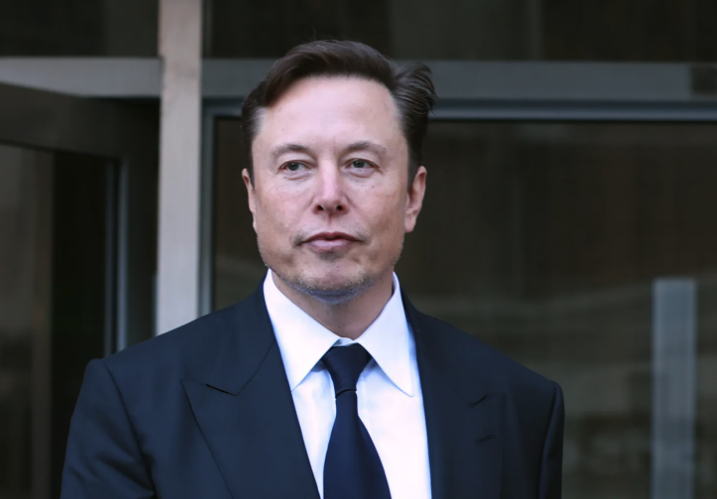Clearly, NASA and Boeing are under strain as two astronauts remain stranded on the International Space Station (ISS) with no confirmed return date due to a series of mechanical failures in Boeing’s Starliner spacecraft. This situation is a significant setback for NASA’s Commercial Crew Program.
On June 5, the Starliner launched from Cape Canaveral Space Force Station carrying flight commander Barry “Butch” Wilmore and flight pilot Sunita “Suni” Williams. The spacecraft successfully docked at the ISS a day later, which was considered a major achievement in testing Boeing’s capabilities for regular missions to the ISS.
However, this “achievement” has quickly turned into a fiasco.
The mission was initially scheduled to return on June 14, but there have been several delays, leaving Wilmore and Williams in limbo. Both NASA and Boeing are being overly cautious and putting data analysis ahead of decisive action. Steve Stich, manager of NASA’s Commercial Crew Program, said, “We are taking our time and following our standard mission management team process.” He added, “We are letting the data drive our decision-making relative to managing the small helium system leaks and thruster performance we observed during rendezvous and docking.”
Despite these setbacks, the astronauts are not in immediate danger. The ISS is stocked with supplies till mid-August and Wilmore and Williams have been working alongside the Expedition 71 crew, assisting with station operations and helping NASA evaluate the Starliner for future missions. “The crew’s feedback has been overwhelmingly positive, and they know that every bit of learning we do on the Crew Flight Test will improve and sharpen our experience for future crews,” said Mark Nappi, vice president and program manager of Boeing’s Starliner program.
The Starliner’s difficulties started even before its launch. The flight test, initially planned for May 6, was delayed due to an oxygen valve issue on a United Launch Alliance (ULA) rocket. A rescheduled launch on May 25 was again postponed after a small helium leak was discovered in the service module, which contains crucial support systems for the spacecraft. These issues, along with a thruster problem, nearly jeopardized Starliner’s docking with the ISS. Five days after docking, NASA and Boeing detected five minor helium leaks but assured that there was enough helium for the return mission.
In stark contrast, Elon Musk’s SpaceX company successfully landed two of their Falcon rockets in tandem.
https://twitter.com/elonmusk/status/1805804111037919520?ref_src=twsrc%5Etfw
Source: POTUSPaper


Leave a Comment